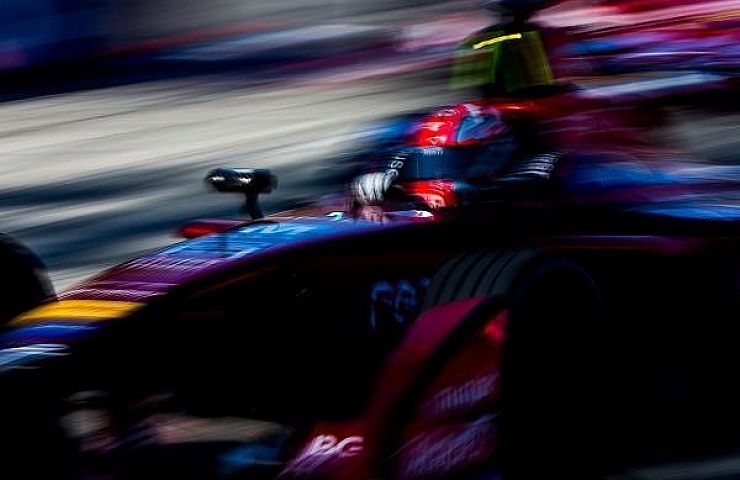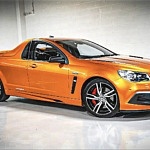We took a trip earlier this month to Long Beach, Calif., the only American stop on this year’s calendar for Formula E—the all-electric series sanctioned by the same organization as Formula 1. The experience proved to us that you don’t need the furious roar of internal combustion to enjoy ferocious wheel-to-wheel competition.
The arguments against battery-powered racing are well known: there’s no smell of high-octane fuel; the sensation of a rumbling engine is missing; it’s too slow.
Fair enough, but one of the beautiful things about motorsport is that there’s something for everybody—from showroom stock autocross to nitro-burning funny cars. Unfortunately, the “different strokes for different folks” attitude somehow doesn’t extend to electric race cars. The prevailing attitude among gearheads apparently is that battery-powered motors could never be worthy of the same interest as NASCAR or the World Endurance Championship.
Give It a Chance
There are unique characteristics of Formula E: short races, pitting halfway through to switch cars (due to limited range), a fan-based voting system where popular drivers are gifted additional horsepower. These can be dismissed and labeled as clear signs that battery-powered race cars aren’t ready for prime time. But there’s another word for it: innovation.
Formula E’s willingness to experiment with what works and throw out what doesn’t embodies the same pioneering spirit that drove the early days of racing. In the formative years of motorsports, rules had to be constantly changed, molded, and shaped to keep up with the racing technology of the day. Things weren’t nearly as rigid in the early days of Formula 1, and you can bet if someone had found a way to fit a 140-mph-capable electric engine under the fuselage of an open wheel race car in the 1950s, the boys at McLaren and Mercedes-Benz would have been all over it.
The success of any racing series ultimately boils down to the quality of the competition that gets put on the track. If the passion, the passing, and the driving skill is there, it really doesn’t matter what makes the wheels spin. (The championship for the 2015 Formula E last year, the inaugural season, was determined in the final lap of the final race.)
To knock Formula E for attempting to push the boundaries of current battery development—a technology that could very well radically reshape the cars that all of us drive in the future—is to ignore the tradition that motorsports has of showing us the way forward. So, fellow gearheads, give Formula E a chance and, in fact, embrace it as another chapter in a long and proud history of racing, which continues to blow past the limits of existing technology and kick open the door to the future.





